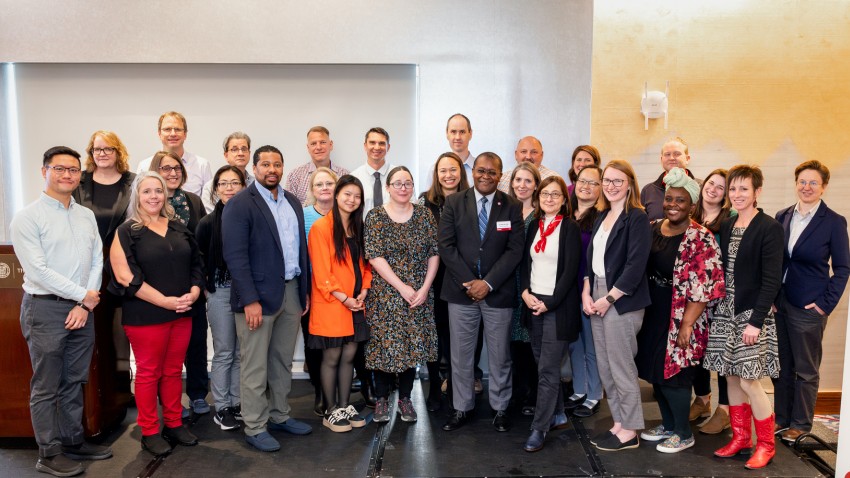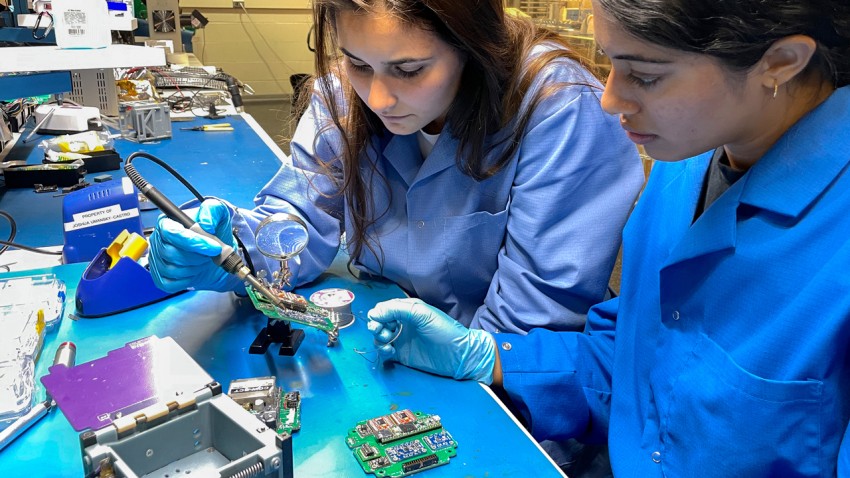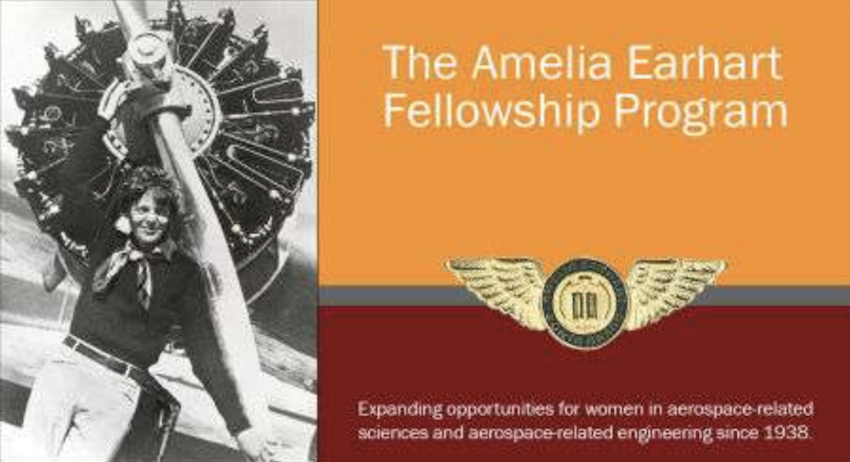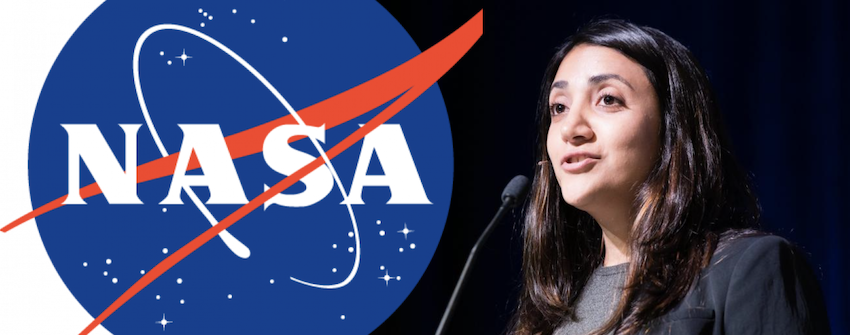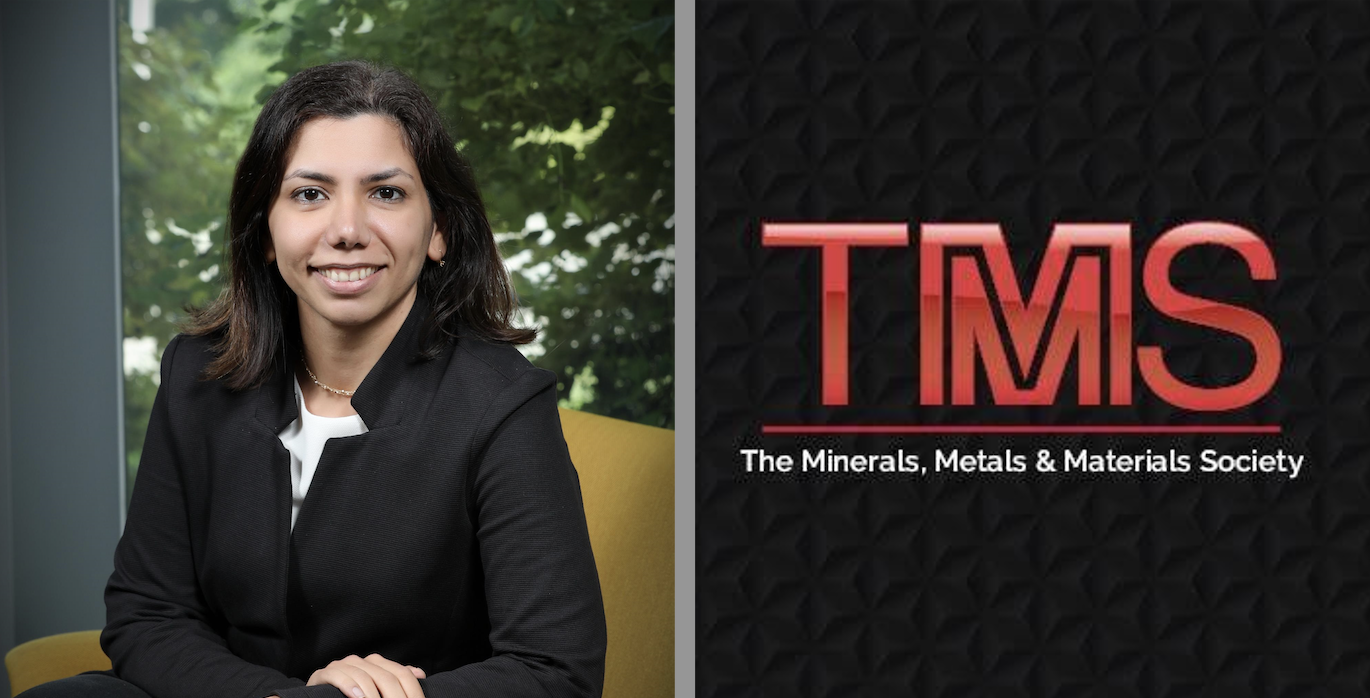
Moridi receives Early Career Faculty Award from the Minerals, Metals, and Materials Society
The award recognizes an assistant professor for accomplishments “that have advanced the academic institution where employed, and for abilities to broaden the technological profile of TMS.” Moridi, who has been on the faculty at Cornell since 2019, explores advanced materials and manufacturing methods. She exploits the intrinsic properties and flexibility of additive manufacturing to synthesize novel high-performance materials. She also studies processing, microstructure, and mechanical response of advanced materials using in-situ x-ray and electron microscopy techniques. Since coming to... Read more



